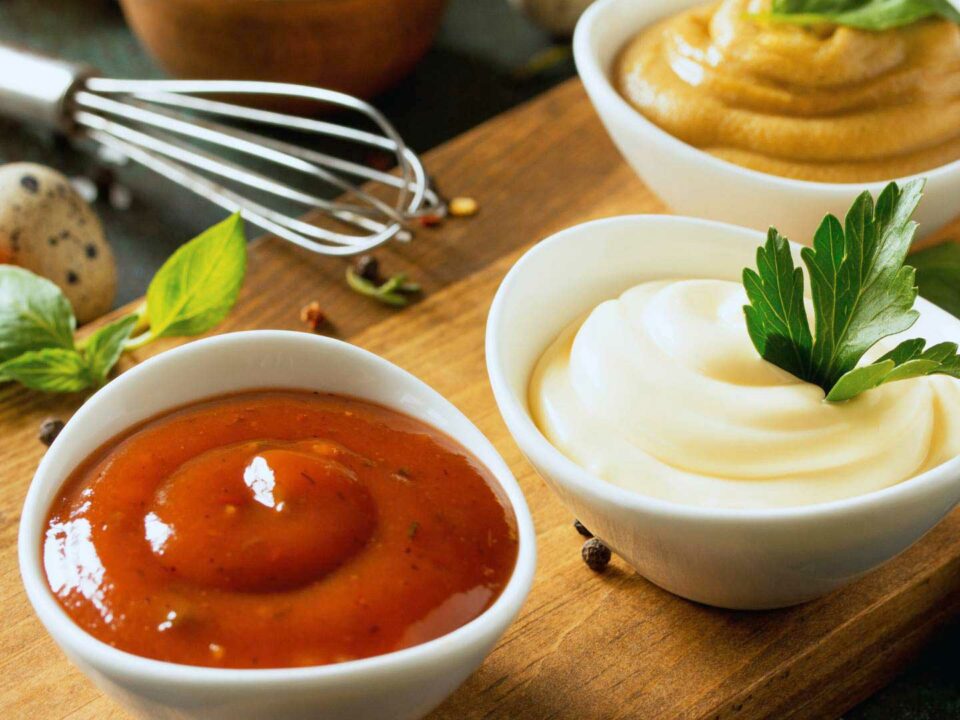This millennial meal has a lot to offer, both in terms of flavor and health.
Kimchi is a traditional Korean dish that is made from fermented vegetables. There are many different kinds, which include vegetables like cabbage, onion, radish and carrot, as well as different spices. The taste can vary depending on the ingredients and preparation.
It typically has a spicy yet sour taste and can be eaten by itself, as a side dish, or used in cooking, such as stews and noodle dishes.
Simple and Cost-effective Kimchi Recipe
Even though the list of ingredients looks long at first, there’s nothing in this recipe that you can’t find at your local grocery store. Don’t feel too overwhelmed and let’s start making homemade kimchi, which is very high in probiotics and a lot of fun.
KIMCHI
400 grams / 1-pound approx.
INGREDIENTS:
- 100 ml filtered water
- 2 tablespoons brown or white sugar
- 1 ¼ (1.25) tablespoons rice flour
- ¾ (0.75) pound Chinese or white cabbage
- 3 ¼ (3.25) tablespoons pink salt
- Filtered water (as needed)
- ¼ (0.25) pound carrot, cut into thin, short strips
- ¼ (0.25) pound radish or turnip, cut into short, thin strips
- ¼ (0.25) pound onion, julienned
- 1 small piece ginger, finely chopped
- 3 pieces garlic, finely chopped
- 3 spring onions, cut into short, thin strips
- 2 tablespoons of organic apple cider vinegar
- 1tablespoon of chili flakes
- 2 tablespoons of paprika powder
Tip: Organic Chinese cabbage or organic white cabbage are preferable. If you can’t get it, just take care to wash it very well.
MATERIALS:
- 2 bowls or glass, plastic, or stainless-steel containers
- 1 or several glass jars (with or without a lid)
- Tea towels, kitchen cloths, or lids
- Rubber bands or ties
INSTRUCTIONS:
- Add the filtered water, sugar and rice flour to a pot and cook for 5 minutes, stirring constantly until thick. Remove it from the heat and let it cool.
- Separate the leaves from the top of the cabbage and put aside.
- With the rest of the cabbage, separate the leaves into medium-sized bundles and transfer them to a bowl or container where you can cover them with plenty of filtered water. Add the salt and mix slightly. Let stand for 2 to 5 hours.
- In another bowl, mix the rest of the vegetables. When the soaking time for the cabbage is done, drain it and add it here.
- To the rice flour mixture, add the apple cider vinegar, chili flakes, and paprika. Mix very well and add it to the vegetables. With the help of your hands, massage it so that everything is mixed well.
- Transfer to a glass jar (or several) and press to the bottom so that everything is well compacted.
- Fold the leaves that we put aside at the beginning and press to the bottom, creating a kind of lid.
- Cover with tea towels, kitchen cloths, or lids but do not seal.
- Let it rest for 3 to 5 days in a place where it receives light (not direct sunlight).
- The fermentation time will depend on each person and the climate. Starting on day 3, you can eat it or wait up to 5 days.
- Keep refrigerated.
Tip: You can eat it as a salad or side dish.
Surprising Benefits of Eating Kimchi

It’s important to understand the benefits of fermentation, since fermented foods are loaded with probiotic bacteria, which are crucial for the health of our digestive systems.
Fermentation was used to store food before refrigeration was invented, and it is still done in many places around the world today.
Foods like kimchi, sauerkraut, kombucha, etc., add variety and vitality to our diet. Let’s talk about the wonderful benefits that we can find in kimchi:
1. Good source of vitamins and minerals
It provides folic acid, which is important in pregnancy to reduce the risk of central neural tube defects; potassium, which helps control the body’s fluid balance; and calcium, which is important for muscle contractions as well as strong teeth and bones.
2. Strengthens the immune system
The probiotics in kimchi are beneficial for the immune system because most of its functions take place in the gut. When our gut is in good shape, our immune system can function optimally.
3. Supports heart health
It can improve our heart health as well as support healthy cholesterol. It can also do our hearts good by increasing antioxidant levels in our bodies.
4. Provides antioxidants
Antioxidants can help eliminate free radicals in our bodies that cause diseases like cancer. Antioxidants help fix damaged cells, which can speed up disease, so having a lot of antioxidants can keep us from getting chronic diseases.
5. Anti-cancer
It helps prevent stomach cancer. Studies have shown that the Chinese cabbage and radish in kimchi have biochemicals that help remove heavy metals from our bodies.
6. Anti-inflammatory
It can have an anti-inflammatory effect on the intestine.
7. Vision aid
It is helpful in maintaining clear and healthy vision. A 100-gram serving of kimchi has 18% (may vary) of the daily value of vitamin A.
8. Healthy lifestyle
It might even help with weight loss. It can be a really useful tool for a healthy lifestyle.
9. Nourishes skin and hair
It produces radiant skin and shiny hair. Kimchi not only makes our inner beauty shine, it also makes our outer appearance look great.
10. “Forever Young”
It could slow down the aging process. Have you ever wondered why Korean girls look young for their age?
11. Rich in antioxidants
After two weeks of fermentation, it is rich in antioxidants, which slow down the rate of skin aging and also inhibit cell oxidation.
Note: It is high in salt and should be used sparingly, especially for those with high blood pressure. Always look for low-salt varieties like our previous recipe.
Do we need more reasons to start preparing this delicious and probiotic Korean dish? Let’s get to work!
DISCLAIMER
This information is not presented by a medical practitioner and is for educational and informational purposes only. The content is not intended to be a substitute for professional medical advice, diagnosis, or treatment. Always seek the advice of your physician or other qualified healthcare provider with any questions you may have regarding a medical condition. Never disregard professional medical advice or delay seeking it because of something you have read.



